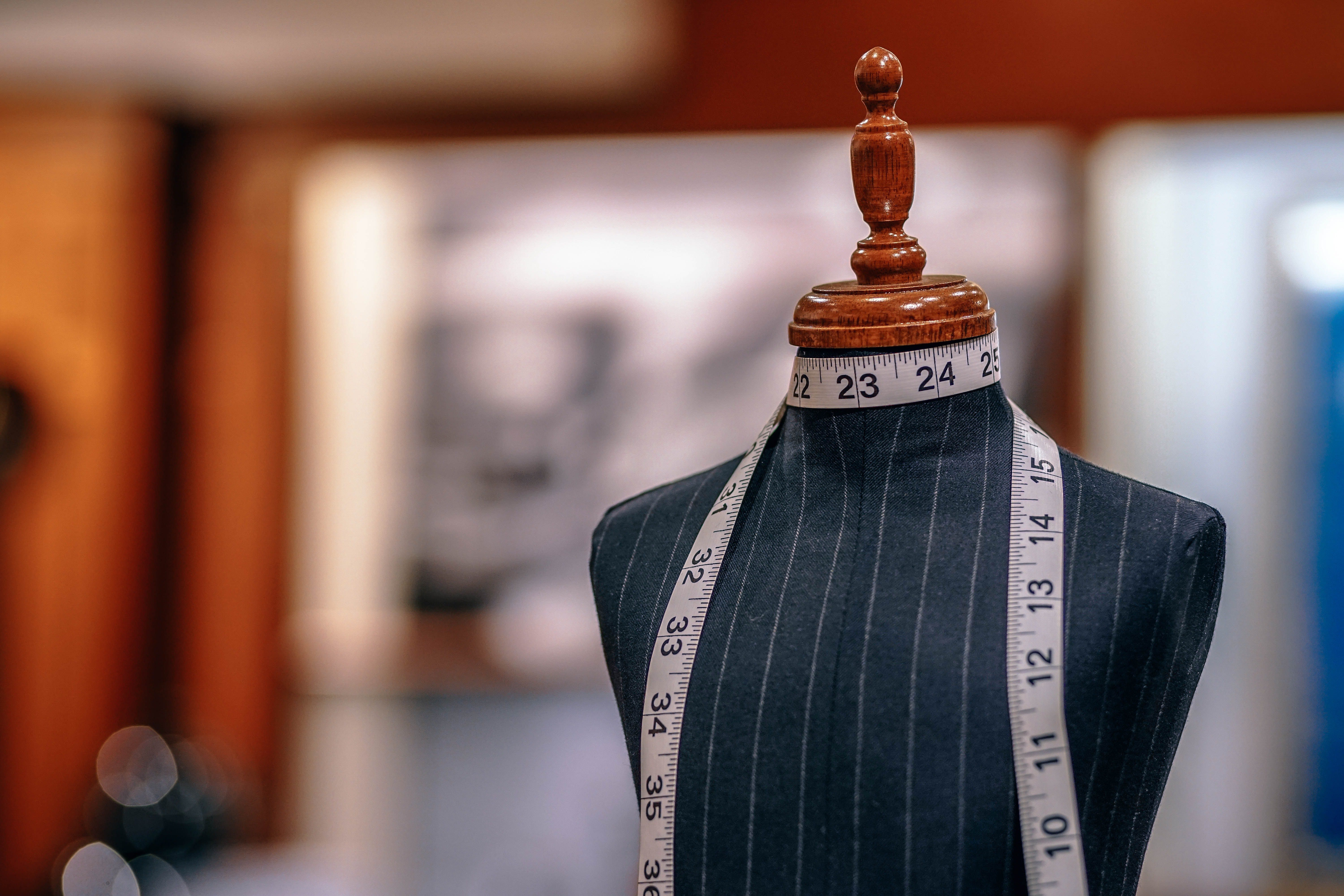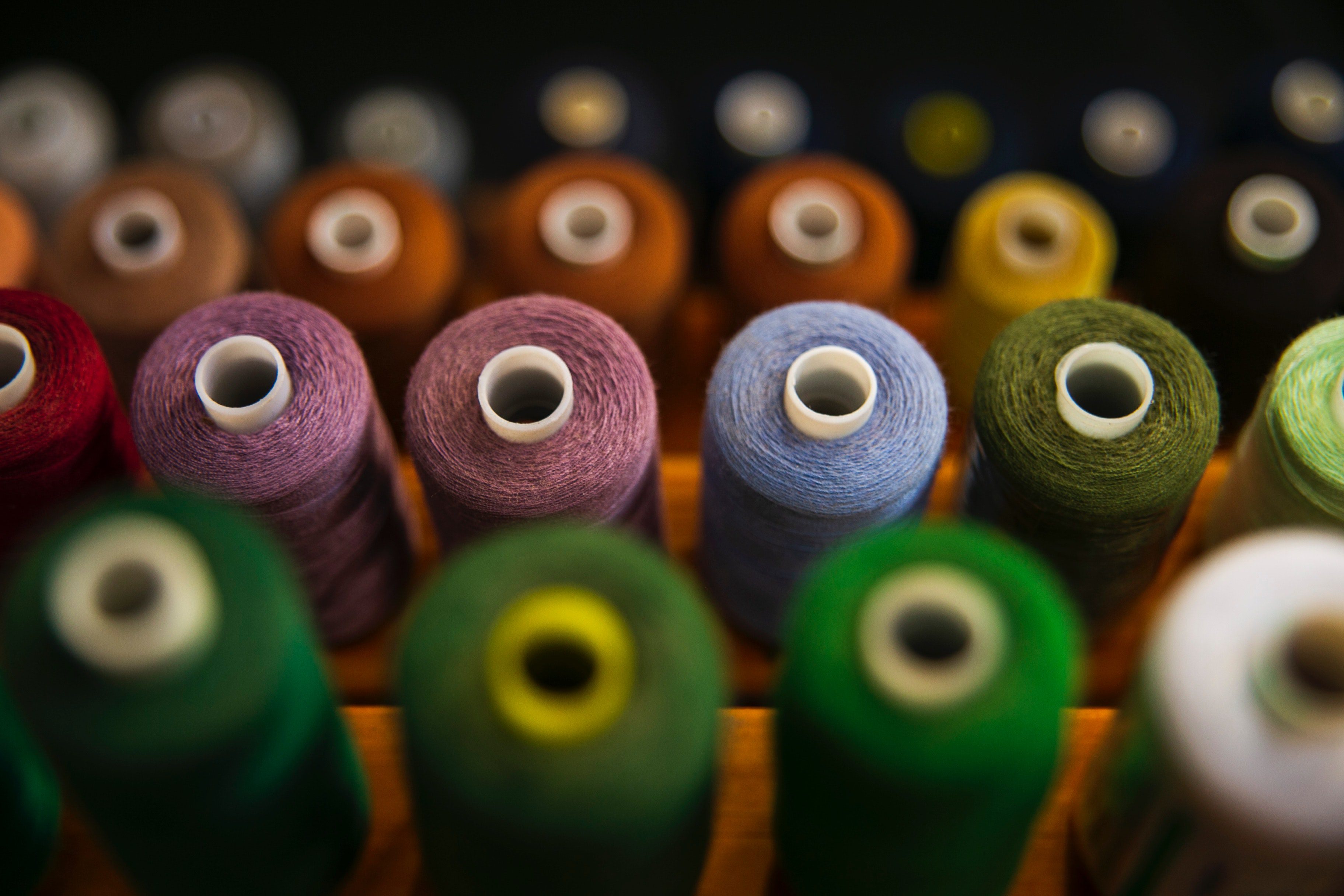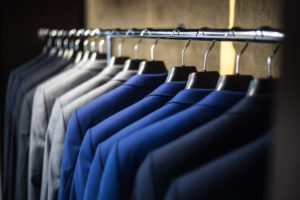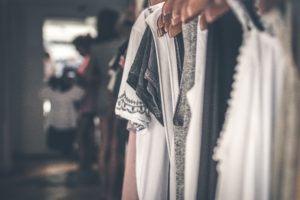
We’ve all heard of sustainable fashion, but what is it?
It’s confusing, right? And getting even more confusing by the day as more and more brands start to recognise the need to be more ‘green’ and ‘planet-friendly.’ I’m using these really loose terms deliberately because there are few brands or even items of clothing that are wholly “sustainable.”
Brands and the media which use the buzzword “sustainable” have a very broad range of descriptions, that they believe qualify them to use sustainable as part of their message and I loudly applaud them for making at least part of their processes or sourcing better for people and for the planet.
Sustainable Fashion: What Is It?
Complexity of clothing
The complexity of the garment supply chain and the considerable number of processes and components that it takes to make what may appear to the consumer to be only a simple garment is far from the actual reality. If you don’t work in the fashion industry or have an in-depth knowledge of how clothes are made, it’s really hard to comprehend just how complex clothing is. We are surrounded by it, it’s been around for centuries, it now costs very little, so the assumption is that clothes are a pretty bog-standard commodity and easy to make; but this is far from the case.
If you don’t work in the fashion industry or have an in-depth knowledge of how clothes are made, it’s really hard to comprehend just how complex clothing is

Here is my own simplified basic definition of the terms you may see or read about to help you grasp a better understanding of what they mean without having to read a lengthy report on each!
Sustainable Fashion – Is most often used in reference to producing clothes, shoes and accessories in environmentally and socio-economically sustainable ways.
Within this, ‘Ethical’ covers a range of issues such as working conditions, exploitation, fair trade, sustainable production, the environment, and animal welfare. You can see why it’s complex already.
Sustainable Fashion – This is most often used in reference to producing clothes, shoes, and accessories in environmentally and socio-economically sustainable ways. To give an example, many synthetic fibers are not sustainable as they are currently derived from petrochemicals, of which we know there is a limited resource.
A sustainable fiber can be cotton but only when grown under a sustainable program such as those carried out by Marks and Spencer.

Transparency – A term gaining much attention in the industry as suppliers have previously rarely disclosed the source of the components in the supply chain and where the actual sewing factory of the garments may be ethical and sustainable, often the suppliers of the components are not. Manufacturers of the fabric, the zips, the threads, the dyestuff, embellishments, etc are now being traced and checked under the term ‘transparency in the supply chain’. The garment may have been sewn together ethically but that is no longer enough as it could have polluted rivers or used enslaved labor to weave and dye the fabric.
Circular Fashion – A term that covers design, new materials, and reprocessing of existing clothes. The objective is to create a zero-waste system where clothes continue to be reused or reprocessed. To put it simply, like we do with paper recycling.
Up-Cycling – This is where existing garments become customised or altered to give them a new lease of life. Alterations are a form of very basic upcycling.

What we are achieving in the textile production and fashion world is in constant change and my simple definitions will no doubt be super-seeded as progress is made. They will hopefully become easier to define and make it clearer to the consumer what their impact is. Just as we have become used to colour-coding energy consumption on our electrical goods and fat, sugar, and salt coding on our food. I was delighted to read the piece following on from the Copenhagen Fashion Summit, which is suggesting (as I did over a year ago!) that we should adopt a color coding system on clothing. But as you can see from above the complexity of what to code or how-to code is a vast subject in its own right, let alone auditing and assuring consumers compliance of such a system, should it be possible to create one.
There may well be a whole new trendy buzzword or hashtag created for us to adopt and that will be the all-encompassing sustainable, ethical, carbon-neutral, biodegradable, non-toxic solution!
I was delighted to read the piece following on from the Copenhagen Fashion Summit, which is suggesting that we should adopt a colour coding system on clothing.
Sustainability fashion FAQs
What is the meaning of sustainable fashion?
Sustainable fashion refers to the approach of producing, designing, and consuming clothing and accessories in a way that minimizes the negative impact on the environment and promotes social responsibility. It encompasses ethical sourcing of materials, reducing waste and pollution, ensuring fair labor practices, and creating durable and timeless designs.
What are sustainable fashion methods?
Sustainable fashion employs various methods to minimize its environmental impact. These methods include using organic or recycled materials, implementing eco-friendly manufacturing processes, reducing water and energy consumption, adopting ethical and fair trade practices, promoting recycling and upcycling, and designing for durability and longevity.
What is sustainable fashion made of?
ٍSustainable fashion can be made from a variety of materials that have a lower environmental impact compared to conventional fashion. These materials include organic cotton, hemp, linen, bamboo, recycled polyester, Tencel® (lyocell), and other natural fibers. Additionally, sustainable fashion may incorporate recycled materials such as upcycled textiles or repurposed materials from previous garments.
What is sustainable vs eco fashion?
Sustainable fashion and eco fashion are often used interchangeably, but there are subtle differences between the two. Sustainable fashion encompasses a broader approach, considering not only the environmental impact but also the social and economic aspects of the fashion industry. It focuses on creating a more responsible and ethical fashion system. On the other hand, eco fashion primarily emphasizes environmental sustainability by using eco-friendly materials, reducing waste, and minimizing carbon footprint.
What are the benefits of sustainable fashion?
Sustainable fashion offers numerous benefits for both individuals and the environment. Some key benefits include:
- Reduced environmental impact: Sustainable fashion reduces pollution, resource depletion, and waste generation through the use of eco-friendly materials, responsible manufacturing processes, and efficient resource management.
- Preservation of natural resources: By using organic or recycled materials, sustainable fashion helps conserve water, energy, and raw materials, reducing the strain on ecosystems and biodiversity.
- Ethical production: Sustainable fashion promotes fair labor practices, ensuring safe working conditions, fair wages, and social responsibility throughout the supply chain.
- Durability and longevity: Sustainable fashion emphasizes creating high-quality and timeless designs, encouraging consumers to buy fewer items and reduce the disposal of clothing, thus reducing waste.
- Individual style and uniqueness: Sustainable fashion often embraces individuality and craftsmanship, offering unique and artisanal pieces that stand out from mass-produced clothing.
- Positive social impact: Sustainable fashion supports local communities, artisans, and small-scale producers, fostering economic development and cultural preservation.
Overall, embracing sustainable fashion can contribute to a more equitable, environmentally conscious, and socially responsible fashion industry.




